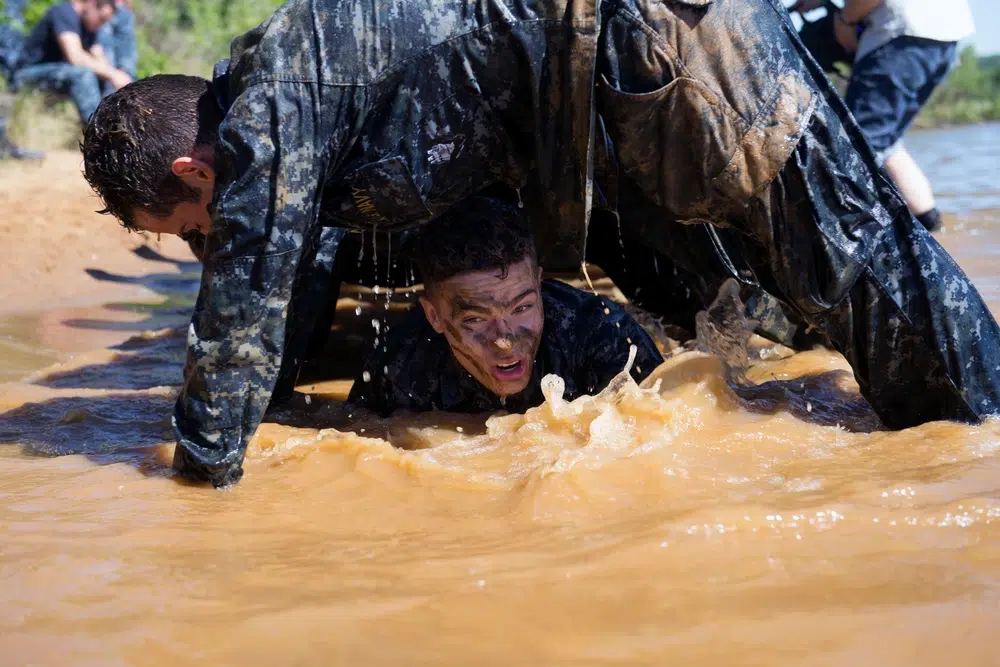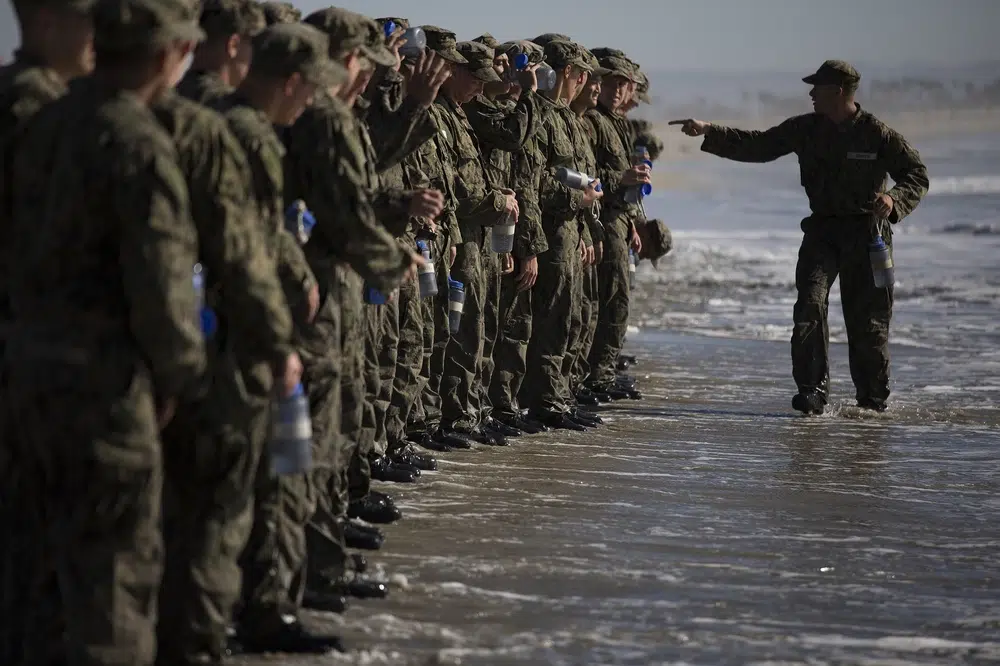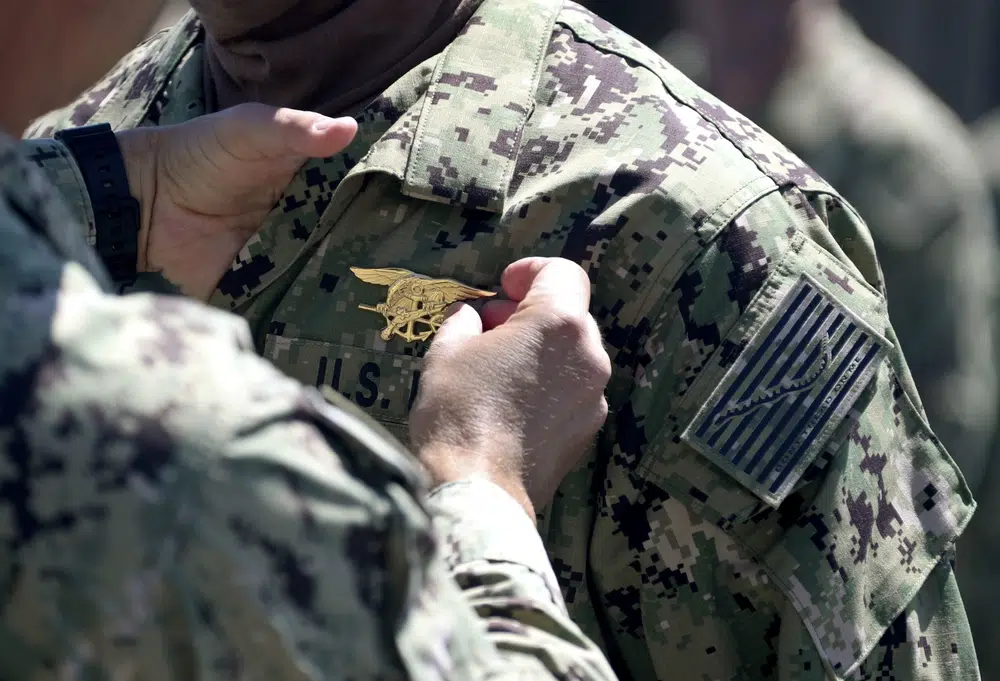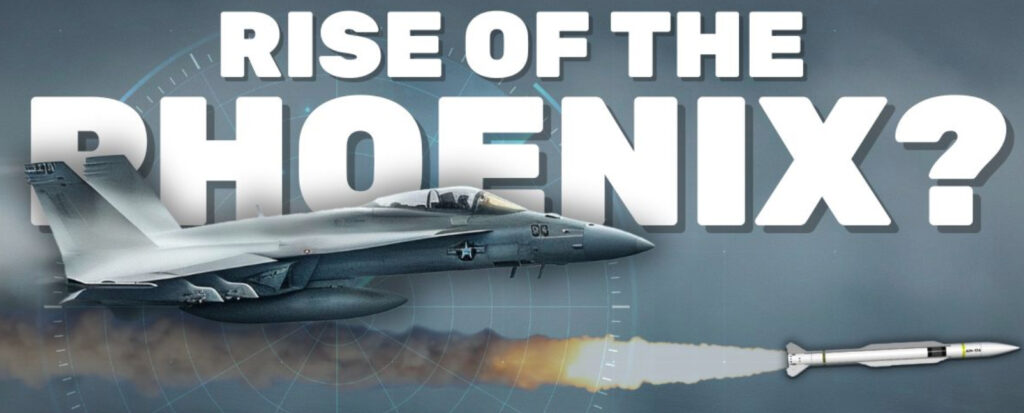As one of the few training programs in the U.S. military in which enlisted personnel and officers go through the same selection and training program together, side by side, Basic Underwater Demolition/SEAL (BUD/S) training is unique. Yet, despite that equality of training for future SEALs, there is a distinct difference in success rates for the two groups of prospective SEALs. For decades, and presumably since its inception in the 1960s, BUD/S has proven more difficult to complete for enlisted personnel than for officers. The question is, why?
While I have never seen any definitive study released by the U.S. Navy on that question, I do have my own theories as to why this attrition discrepancy exists. My theories are basically the same as the conventional wisdom amongst many in the SEAL community, and there is no reason at present to doubt their validity, as again, no study refuting them has ever been put forward by Naval Special Warfare or the larger Navy.
For example, in my own BUD/S class, way back in 1999-2000, we started with approximately 110 students, of which about 13 were officers and 97 were enlisted. On graduation day, 27 of us were left, 10 of those were officers and 17 were enlisted. Those numbers translate to a 23% attrition rate for the officers, and an 83% attrition rate for the enlisted. Although this was in one class, it’s more or less typical with the Navy reporting a 39% attrition rate for officers and 79% for enlisted over a five-year period.
Related: Combat swimmer operations and their importance in a near-peer conflict

The first reason that enlisted personnel have historically had higher failure rates in BUD/S is because for many decades it was pretty easy to go to BUD/S as an enlisted sailor. One simply had to be at Navy boot camp and state a desire to go. Without much pre-selection or screening at all, the sailor was then assigned to BUD/S. This resulted in a large number of unprepared enlisted candidates entering the program. They then failed out at an average rate of 80% over the years.
Conversely, it has been historically much more difficult for officers to get slots to BUD/S. From the U.S. Naval Academy, competition has always been fierce to get one of the roughly 10-15 spots allocated per year for BUD/S candidates from Annapolis. Naval Reserve Officer Training Corps (NROTC) candidates coming out of colleges across America also had to compete for another 10-15 slots per year. Those numbers of slots might be higher now, but the competitive race to secure them each year no doubt remains.
Given that, the officers who ended up going to BUD/S generally ended up being better prepared for the training, because one of the ways they had beat out their competition for that BUD/S slot was through higher physical fitness scores. They had swum and run faster, had done more pull-ups and push-ups, and therefore, tended to be better prepared for the rigors of BUD/S. They thus had a higher success rate. This was marginally higher even for Naval Academy officers versus NROTC ones, probably owing to the number of students who wanted to fill those limited BUD/S slots, and to the fact that there has been a pretty well-established BUD/S prep program at the Naval Academy for many years.
Related: What are Navy SEAL ‘duck’ insertions and which one would you prefer?

Alongside that preparation, officers who go to BUD/S also have a chance to experience a taste of the training before they officially begin it, through a program now called SEAL Officer Assessment and Selection (SOAS). In the past, it was known as Mini-BUD/S. This two-week-long course occurs at BUD/S, is run by BUD/S instructors, and is as close to the real thing as one can experience without actually being in BUD/S.
SOAS occurs between junior and senior years of college and it gives the cadre at BUD/S a chance to assess and weigh in on which officers would be best suited to come back to the full BUD/S program. It also gives the prospective students a good chance to see if they can hack it. Those who don’t think it is for them self-select out before they ever enroll in BUD/S, thus again making the ultimate success rate for officers higher.
There is now an enlisted pseudo-version of SOAS that occurs at Navy boot camp – officially known as Recruit Training Command (RTC) in Great Lakes, IL – which was an acknowledgment by Naval Special Warfare that enlisted personnel needed a quality prep program, too, if more were to make it through BUD/S. Called Naval Special Warfare Preparatory School, and known colloquially as BUD/S Prep, the two-month training and selection program helps NSW identify and prepare enlisted sailors for BUD/S. Whether or not that program will aid in decreasing enlisted attrition rates in the future remains to be seen.
One thing that remains crystal clear, though, is that the cadre at BUD/S will never willingly lower the standards to accommodate more enlisted personnel (or officers) making it through the program. One would have an easier time convincing a Bible study group to admit an avowed and dedicated atheist. BUD/S instructors see their most important and sacred duty as being gatekeepers to the SEAL Teams, and guarantors of the absolute suck fest that is successfully completing BUD/S. Without that, they would say, you might as well give anyone a SEAL Trident.
Read more from Sandboxx News
- Hell in the Highlands: Losing a warrant officer in the mountains while moving against Korean positions
- Country music star Craig Morgan re-enlists in the Army to boost recruitment
- The MC51 was a super short blaster used by UK’s elite warriors
- Russia is using deadly air tactics to stop Ukraine’s counteroffensive
- The Marines’ new drone-truck can take out enemy ships from 1,000 miles out




